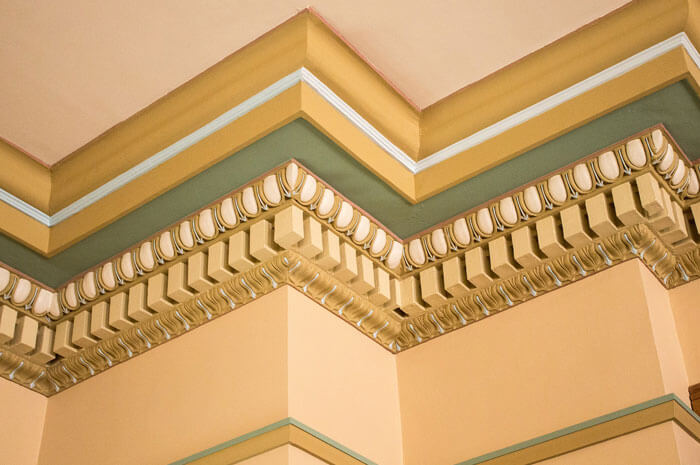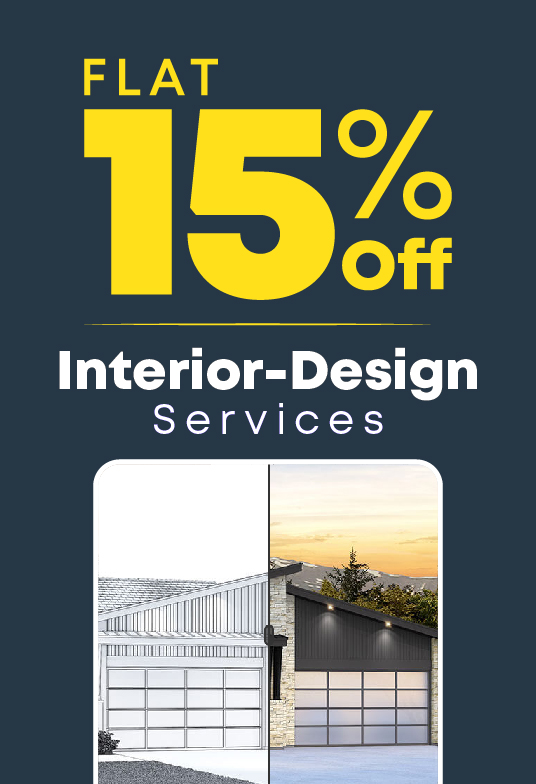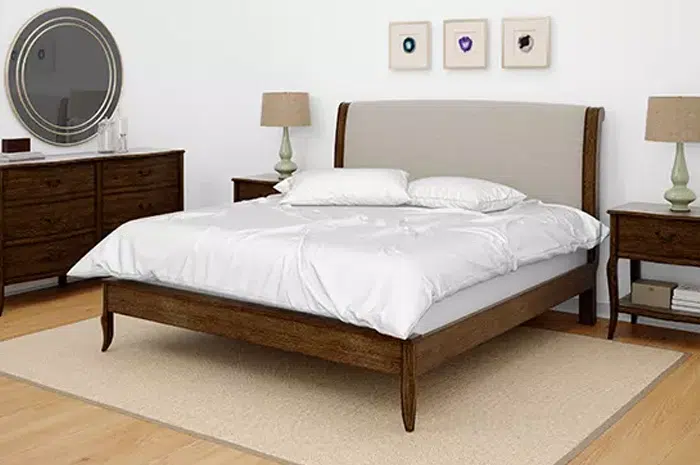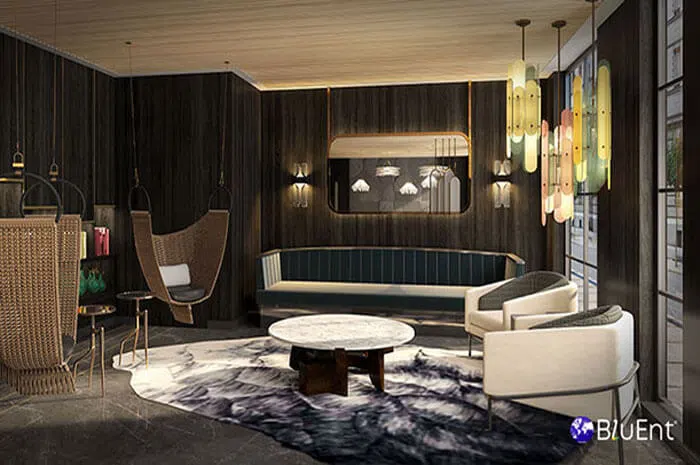If you’re looking to add a chic, vintage flair to your home decor, interior or exterior, crown molding may just be the way to go.
In addition to individual enthusiasts, it’s used by interior design firms, architectural firms, retail chains, and more.
Here’s everything you need to know about it.
Table of Contents
What is Crown Molding?
Crown molding is just one type of molding. Some other types are casing, baseboarding, chair railing, and coving. Millwork detail drawings are often used to ensure their accurate installment.
Where “molding” is a general term referring to any kind of trim inside a house, crown molding is usually taken to mean ceiling molding. The terms “cornice” and “crown molding” are often used interchangeably – for simplicity, we will be using the latter.
What is Its Purpose?
Originally, crown molding was installed for practical purposes – covering up the spaces where building materials came together, such as the intersection of walls and ceilings.
Over time, crown moldings became more decorative, though they retained their original purpose. They are now used for making ceilings look higher, lifting a space, and adding a sense of stateliness or majesty.
Is It Outdated?
Much is contingent on individual taste. Some people may consider it too much of a vintage look.
But while its popularity dips and rises, most experts agree that crown molding will never truly be outdated. It is the classic black dress of architecture.
As long as it fits the scale, design and style of your room, it is sure to lend your space a luxurious, upscale look.
Recommended Reading:
What is the Average Cost? Will it Up My Resale Value?
You’re not going to like our answer: It depends. (Told you.)
Where are you based? Is it DIY or professional? Is it in one room or throughout your home? What material are you using?
In the US, for a professional job, the average cost is 3,150 USD, with the minimum at 250 USD and the maximum at 6,500 USD.
If your crown molding needs an overhaul, the cost to remove it will be 0.50–1.50 USD per linear foot, and the cost to reinstall it will be 4–8 USD per linear foot. However, again, this price may vary depending on the materials, intricacy, scale, and so on.
When it comes to adding value to your property, opinions vary. Some say that the ROI is positive, whereas others opine that a fresh coat of paint would add more value.
A Brief History
The history of crown molding may be longer than you expect.
The Ancient Egyptians favored the torus (used to decorate columns) and cavetto (a cornice used on the outside of buildings) styles, and used stone.
The rounded designs we tend to use, however, are inspired by the Roman and Greek styles.
Prior to the mid-19th century, all moldings were done by hand, with chisels and other hand tools, and nailed up piece by piece. It was a tedious process, and millworkers would have had their hands full.
Recommended Reading:
Due to the intense labor required, crown molding came to signify wealth and status. The more elaborate the design, the wealthier the person more likely was.
Despite the wider availability and greater affordability of crown moldings that rolled around later on, moldings did not see much popularity during the mid-20th century.
While they are no longer the markers of stupendous wealth, they nonetheless serve their purpose as a relatively easy way to give a space an ornate feel.
Benefits
- Choosing a design according to the size of the room will give it a much more compact look. A larger room will look better with intricate and complex details, while simple, streamlined details will open up a smaller room.
- You can give a warmer tone to your room by going for light molding or hollow molding to hide wires. The correct design drawings can go a long way for a great interior design.
- Highlight and accentuate different areas of your room by staining or painting to match the rest of your decor. Your space will go pow in all the right ways!
Common Materials
Crown moldings can be made of various materials. Some of them are as follows.
- Solid wood:
A great option for most installations. It is difficult to imitate and adds plenty of charm, warmth and character to a space.
Oak, ash and walnut are good choices if you want a gorgeous stain. Fir and paint-grade pine are also used, as they are easier to work with than hardwoods.
However, installing wood can be troublesome, and it can swell or shrink with weather changes. If you want to go for this, make sure your millwork drafting partner meets these criteria.
- Plaster:
You want ornate? You want plaster. It can achieve a level of detail that is often too difficult to attain with wood, and it won’t change size because of a little rain.
All plaster molding is, however, bespoke, which is reflected in the price. This is not a cheap option. It is also heavy and cracks easily, so it’s not ideal for a DIY project.
- Ultralight medium-density fiberboard (MDF):
If you want a painted trim, an MDF is a good choice. It is a low-cost, stable alternative to wood. If you’re not willing to skimp on the authentic wooden look, some stock profiles come with a veneer.
The compromise? It’s easier to nick and dent, and as with wood, installing and cutting will be troublesome.
- Polystyrene:
If you want a DIY project or your wallet is looking a bit thin, polystyrene is the way to go. It’s perfect for quickly adding a luxurious look to a space, without any power tools. It can be cut with knives or scissors, and stuck with construction adhesive.
Of course, this also means that it won’t give you the kind of finish that wood or plaster will. It may give something of a styrofoam effect.
- Polyvinyl chloride (PVC):
While wood can react poorly to moisture, a PVC trim won’t. You can install it in a bathroom, the exterior of your home, or anywhere moisture lurks and a simple, minimalistic look would be adequate.
It does require paint to cover up the plastic sheen, and it has limited profile options and can’t be used for anything too detailed.
- Flex:
Willing to go expensive, but not quite as expensive as custom carpentry? Flex is your answer. This rubbery material is great for bay windows and curved walls and doesn’t need relief cuts. Flexible molding also comes in an array of profiles.
However, it needs to be custom ordered.
- Polyurethane:
This is a good all-round material if you want a painted wood look. It’s less expensive than wood, but more stable, and less susceptible to damage from insects and rot.
Keep in mind that it is only useful for painted applications and is more easily disfigured than wood, because it is softer.
Conclusion
Crown molding is a fantastic add-on for classically styled homes. If you’re champing at the bit to get your hands on it, this is a good place to browse.
Having said that, it is not suitable for every kind of home. For example, if you’re shooting for a modern look, you may want to avoid crown molding.
Furthermore, just slapping on crown molding won’t necessarily add a classic air.
If you need some expert advice, we’re here to talk! BluEnt offers drafting services, including millwork shop drawings, so if you’re considering a crown molding installation, you can take advantage of our modelers and drafters.
Ready to get the perfect molding? Contact us now!
Maximum Value. Achieved.







 Best 3D Custom Wardrobe Designs for Your Bedroom
Best 3D Custom Wardrobe Designs for Your Bedroom  7 Stunning 3D Kitchen Design Ideas for a Perfect Remodel
7 Stunning 3D Kitchen Design Ideas for a Perfect Remodel  Shaker Style Furniture Trends and Key Elements Every Furniture Designer Should Know
Shaker Style Furniture Trends and Key Elements Every Furniture Designer Should Know  The Latest Furniture Trends for Furniture Design and Manufacturing Companies
The Latest Furniture Trends for Furniture Design and Manufacturing Companies